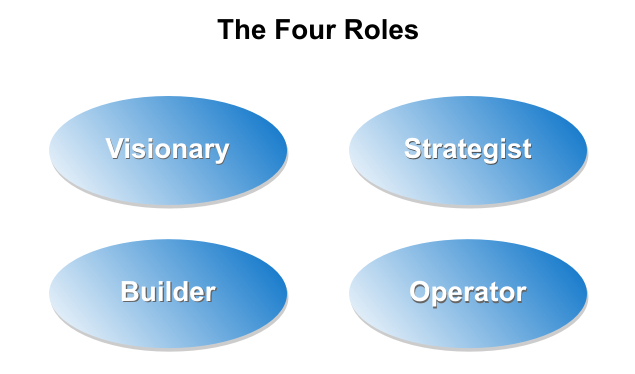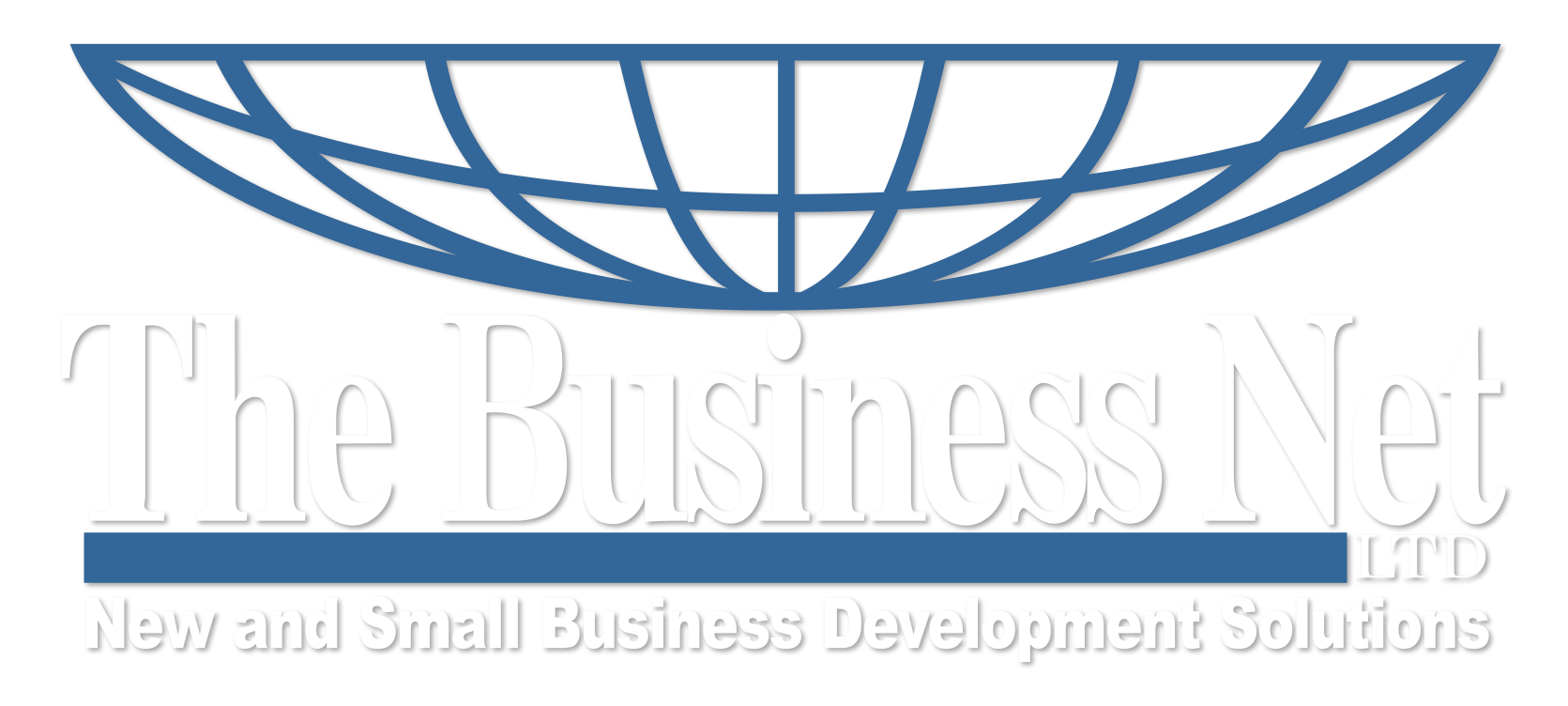What You Need to Know Before Starting a Business
 Critical Areas of Consideration
Critical Areas of Consideration
Creating A Business
Most people who want to start a business have the same question, what do I need to know to have a business that works? Building a successful business remains one of the great mysteries in our modern society. Is the secret luck, hard work, who you know, what you know, or unknowable? While there are many sources of information on each of the various parts of a business, none seem to be complete, because it is a very complex process.
Common myths about starting a business
The Myth: All you need to start a business is a product or service, a phone number, and customers.
The Reality: The myth describes a job. A business is a “set of systems” or “vehicle” that must be built. Before beginning the task of creating such a vehicle you need to know the basic parts and how they work and you must know why you are creating this business. Building such a vehicle requires thinking through at least three basic strategies or plans that define what the business is to be, what it will do, how it will generate income, and more. Three preliminary strategies are; The Entrance Strategy, The Operating Strategy, and The Exit Strategy. You need to know why, what, when, and how the business will work. Creating a business is actually a set of conversations between the creator and many others.
The Myth: The main thing is to get the cash flowing and everything else will work itself out.
The Reality: Business ownership and operation is a never-ending series of situations to be worked through – cash is always short when building or growing a business and problems do not just work themselves out – they will be resolved with teams that include experts who understand the issues of each type of problem. Problems will not go away if ignored.
The Myth: I can build my business without a written business strategy/plan.
The Reality: No business has ever been built by a single person. So, if you cannot write out your plan for your business how will you be able to communicate to other people what your intentions are and how you intend to complete the process. A written business plan enables communication with others, and causes the developer to think through all aspects of the business and become clear how it all will work. The written plan also allows others to propose changes and corrections.
The Myth: I as the owner/operator of my business I have all the knowledge required to be successful.
The Reality: Building and operating a business requires handling all sorts of issues and problems, many of these involve information and skills that the owner/operator does not have, nor will the owner/operator have the time to learn these skills. Even the smallest of businesses will involve the use of outside specialists with the knowledge to handle problems correctly. Even the initial creation of the business legal entity will require the help of a person familiar with entity structure to be sure that all the parts are in place, missing even one part could result in unwanted financial exposure.
The Myth: That the processes of visionary, designer, builder, and operator of an enterprise all rely on the same thinking level.
The Reality: Each of the four processes require very different thinking levels. They all require distinct points of view and time prospective. Some are big picture overview and some are detailed or need flexibility. Some are retrospective and some are prospective. The purpose of each level is different and each relies on the others in some ways.
Know the Difference between a Job and a Business
A Job is – working for another person under their direction and time schedule. Your employer is responsible for all the other business activities, you are only responsible for your assignments. Long term benefits of your labor go to your employer.
If you have a business you will be responsible for all of the jobs required to operate and maintain the business from planning to delivery of the product to your customers. This is a very time consuming process and if the business is small and new it is very likely that you will not have the cash flow to be able to pay someone to handle some of the required tasks. Business is – an asset built by your efforts and labor, on your timetable and belongs only to you. In the beginning you will be amazed how much time you will have to invest in the business.
You Will Be In Business
As a business owner you will be responsible for all the jobs and tasks required by your business. It can look like this picture.
This includes: business records, finances, tax responsibilities, business structure, etc.
Income depends on your efforts and your ability to design, create, and operate the tools required and track all information on the business to know how the business is progressing and comply with all business and employer filings with the government and your financing feedback.
Awareness, Key to Success
The greatest danger to the success of your business is in not knowing and planning for the pitfalls and problem areas you will face.
The solution to this is obtaining information about your type of business and guidance in the strategic planning and development of your business.
Some Basic Questions Needing Answers before Starting Your New Business
- What business you are in?
- What process will it take for your business to enter its market/operations?
- What is your market and how will you reach it?
- How will you finance the building of the business?
- How will you support your life style while the business grows?
- What type business entity will you be using?
- What are your tax obligations?
- What is your growth strategy?
- What else do you need to know?
- Who can you look to for support?
Things You Will Need to Create
- Your business entity
- Your strategic development plan
- Your business budget and financing needs analysis
- Your marketing plan and strategy
- A list of your available business assets and tools, including advisors
Things You Will Need to Acquire/Create
- Your business name
- Your business identification number(s)
- Your business address and operating location
- Your marketing system
- Your system of record keeping and customer tracking
- An understanding of your tax requirements and timing
- Your plan of action
You are going to need help!
As you bring your business to life you need to know the danger times.
Business Development Cycle Diagram

Business Growth Cycle Diagram

The Four Required Thinking Styles at All Levels of the Business
All businesses need to incorporate four basic roles or thinking styles to produce a functioning business. Omitting any of the roles could mean failure for that business. All of these roles have different points of view, thinking styles and purposes.
At the business design level:
Four roles required:
- Visionary – the person who is far-seeing, who has the “vision” for the business
- Strategist – the person who has responsibility for the basic design of the business entity
- Builder – the person who designs the systems to be used in the business
- Operator – the person who has the technical expertise to design the product or service
At the business structuring level:
Three ideas required:
- Visionary– determines the purpose and goals of the business
- Strategist – produce the details of all of the systems and processes to be used in operating the business to meet the needs of all parts of the businesses
- Builder – the design of the tools needed to bring the business into operation
- Operator – provide guidelines to actually produce and deliver the product or service that generates the income to the business
At the operational level:
Four required ongoing activities for each role:
- Visionary – the visionary needs to provide continuing focus for the business
- Strategist – monitor all systems and determine if they are being tracked and see if any changes are needed to maintain efficiencies and company projections
- Builder – maintain the systems that keep the business operational in all aspects
- Operator – manage production activities to meet business objectives
It may seem like as each level of activity passes the relative thinking levels would no longer be needed. But, each of these process levels is an ongoing need for the business. The business should always try to be in a growth mode. If a business is not growing, it is dying. To keep growing it must be always planning (the process described above).
Also see: Ten Essential Business Functional Areas
